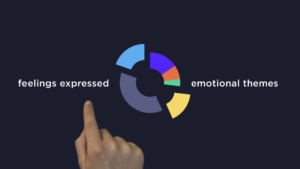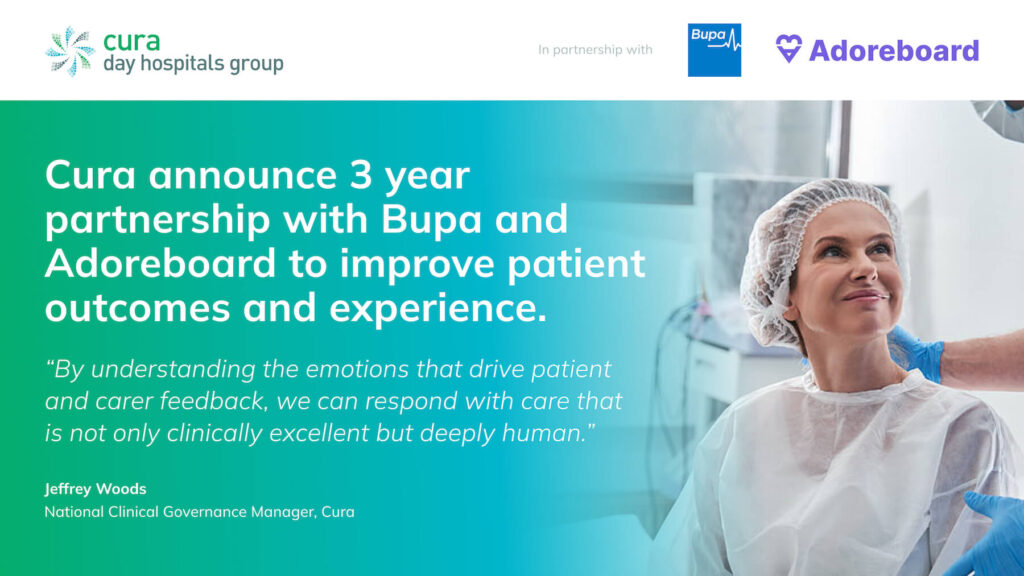The use of emojis has changed the way we communicate. We have gotten so used to using a simple emoji to describe our feelings instead of using actual words. It has become a universal language.
The 17th July marked World Emoji Day and Twitter celebrated by tweeting out the below infographic that displays the top tweeted emojis by country.

A quick glance at the image will show you that the UK, USA and Canada are the least happy or the biggest moaners, while France, South Africa, Japan and many others are frequently using the most positive emojis.
Adoreboard’s data analytics tool, Toneapi can now capture and analyse over 1,000 types of emojis and emoticons.
Exciting news from Toneapi, our product can now analyse emoticons o/ and emojis! Sign up at https://t.co/XAG9WrMZQ9 pic.twitter.com/q1HNQwloAM
— Adoreboard (@Adoreboard) October 29, 2015
Emojis allow people to creatively express themselves online and the ability to analyse emojis can enrich our knowledge of how people talk online.
We took a look at the ? and the ☹️ emoji to uncover the emotions evoked when used in online content.
?
People who used the “smiley face” emoji unsurprisingly evoked more positive emotions with an Adorescore of 60. The top three high intensity emotions being ecstasy, admiration and vigilance. Tweets containing this emoji displayed more trust and passion within the text. The analysis showed today most people are happily tweeting about Michelle Obama’s recent Carpool Karaoke with James Corden and the trending hashtag #FilmsThatAreCheesy which sees incorporating types of cheese into popular film titles.
☹️
The “sad face” emoji evoked more negative emotions with a low Adorescore of -39. The top three high intensity emotions being grief, loathing and ecstasy. The analysis showed that today most people using this emoji are tweeting about #CharlesKinsey a victim of another shooting in the US.
The “smiley face” emoji is the most popular of the two with 1.8 million uses in just one day with the more negative “sad face” with 672,000 uses in the same day.
Emojis are important when analysing emotion online as people use them to express themselves and their feelings to the world. If we ignore emojis and just look at the text we could be missing out on key messages vital to achieving the most effective analysis. The below analysis shows how emojis can influence the emotional characteristic of a sentence. When inputted into the software (Toneapi), the sentence below created an overall content negativity score of -39.

The two emojis, as well as the sentence, generated 47% emotional language.


In addition , an example where emojis influence the emotional characteristic of a sentence is given below. When we run an A/B test comparing the sentence, “I just finished my last exam 8D” (emoticon for laugh), against the sentence, “just finished my last exam v.v” (emoticon for horror), we get the following outputs.

The first sentence was exceedingly more positive than the second.


In summary, both content creators and researchers need to be aware of how much language and technology are evolving and the benefits of using emojis. The touch of humanity it distils into what can be the robotic, online world gives the writer the opportunity to edit personality and emotion into a message, and the researcher a rich insight into the mood of a person at any given time.
Watch this short video to find out more about our Emotics platform:





